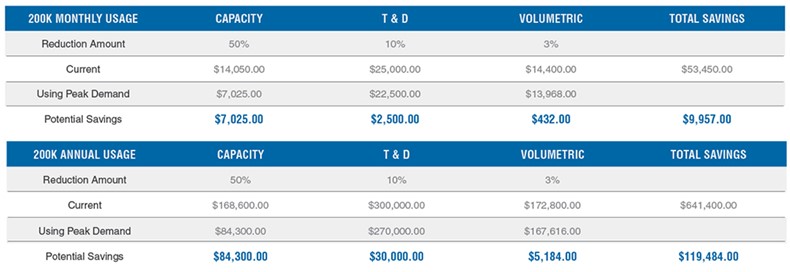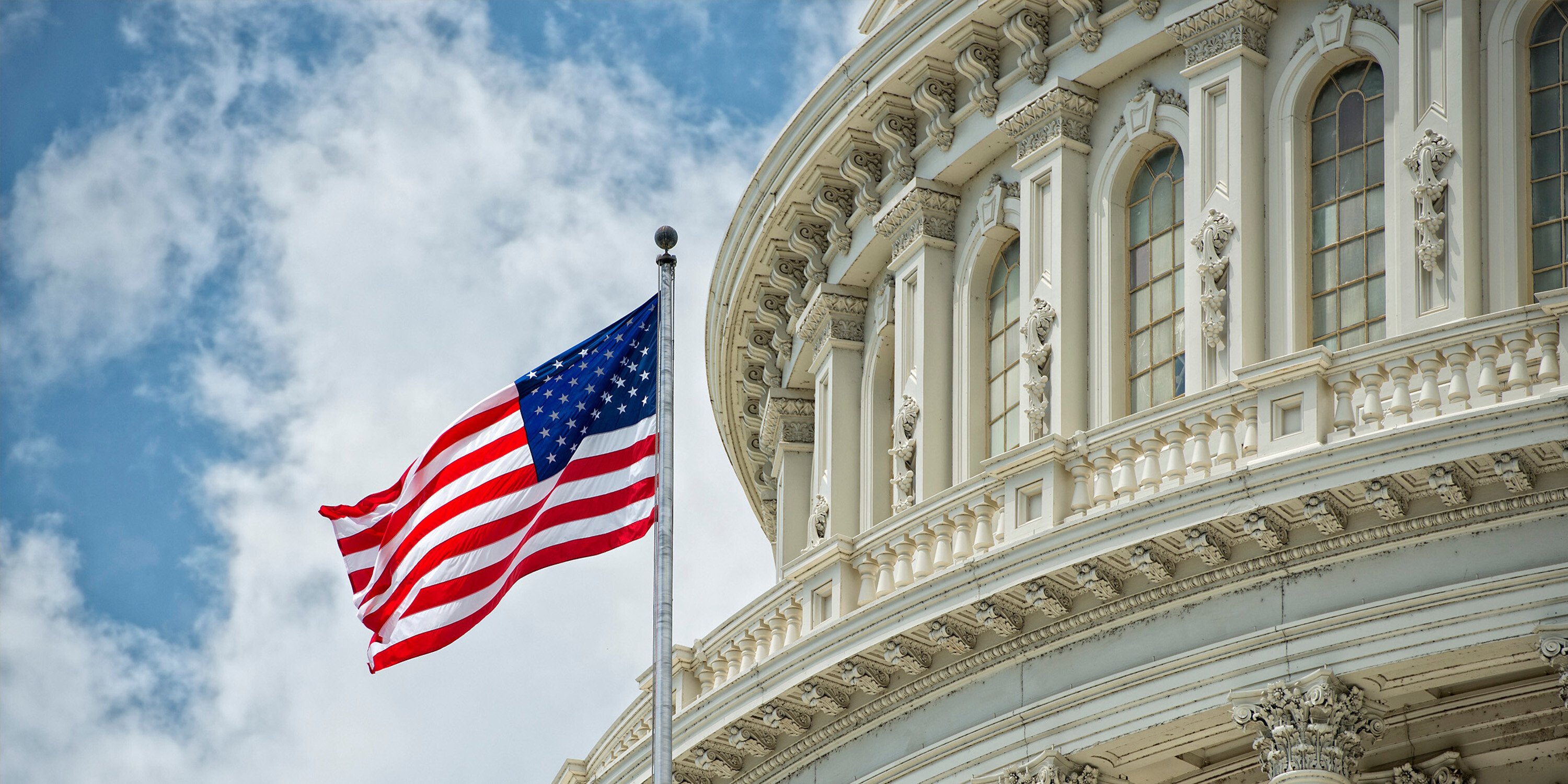Energy Procurement | January 19, 2023
Breaking Down Demand Response
Breaking Down Demand Response
You know those days where the temperature feels like you’re a mile away from the sun and you’re counting on your air conditioning units to get you through the day? Or when it’s below freezing and you’re wondering when you moved to the Arctic? Your facility’s equipment is forced to throw it into overdrive to match those high demand days, meaning, ultimately, higher costs for you. During these events, energy generation sources can fall short in providing additional power efficiently, resulting in serious environmental and financial setbacks.
These “peak demands” occur when the electricity grid’s load is at its highest, traditionally during heat waves and cold snaps. Although these extreme weather periods are short-lived, during these times prices are often highest and can make up a significant portion of a commercial and industrial customers’ total electricity bill. As these temperatures hit their peak or dip, your energy bill is getting hit with high demand costs minute after minute.
Environmentally speaking, during these peak demand events, often times “peaker plants” need to be used in order to keep up with the demand for electricity. Since these plants are generally used only as backup, they tend to be older, reliant on fossil fuels, and therefore are attributed to large amounts of greenhouse gas emissions.
Energy usage varies significantly throughout one day alone. Being notified about these fluctuations in demand and taking action can benefit consumers, utilities, and the environment. Not to mention, you can get paid to do so!
So, what exactly is demand response?
Demand response is a proactive opportunity for facilities to reduce or shift their usage during these peak demand events for financial incentives, including significant savings on their energy bill and/or cash incentives. Typically, the consumer will receive a notification in advance of the peak event, as explained above, encouraging them to curtail their energy use during that upcoming time. Some of the most common ways of doing so include:
- Adjusting the temperature on thermostats
- Turning off any non-essential machinery
- Unplugging or turning off electronics that are not in use
- Reducing lighting where possible
Modifying levels and patterns of energy usage based on predicted temperatures or other related events, allows for less strain on the grid and therefore, lower prices. This strategy, implemented by utility companies, helps to ultimately prolong the need for new generators or transmission lines, saving money and reducing negative impact on the environment.
While almost all these adjustments can be done manually, some facility operators have the choice to opt into an automatic demand response program, allowing the utility to remotely control your systems during peak demands. This can eliminate the need for any staff to be in the facility during these events, such as weekends, holidays, or outside of regular business hours.
Still, some operators would prefer to keep the experience voluntary in the instance that it is necessary for them to continue usage at their normal rate. These decisions can be made based on what is appropriate for your facility.
Why would the utility pay me to participate in this?
Well, for several different reasons…
Less strain on the grid means less money that utility companies require to pay to keep up with out-of-the-norm maintenance, repairs, replacements, and expansions. There are also higher operating costs for the outdated “peaker” plants, which are often used during these times.
Ultimately, high demand could warrant the need to build an entirely new plant to keep up. Money that a utility is distributing to encourage facilities to participate in a demand response program is seemingly a small percentage of what they would be forced to pay otherwise.
Energy reliability and availability is the core of a utility company. By lowering the chances of maxing out the grid, forcing rolling blackouts, utility companies can be rest assured that they are able to serve expectations--like being able to flip a switch for electricity--not to mention legal mandates.
How does a demand response program save me money?
Volumetric Reduction
By reducing energy during peak periods, you lower consumption. This will save you money on your monthly electric bill, especially if you’re on a time of-use rate. Most facilities can at least partially reduce usage without it affecting their day-to-day business.
Peak Shaving
Peak shaving is reducing your highest hours of energy consumption a month. Every energy bill has components that are on a $/kW-basis (as opposed to just volumetric $/kWh-basis.) By reducing your kW in the highest hours, you’ll reduce your electric bill.
Reduce T&D (Transmission and Distribution)
Development of the transmission grid and maintenance of power lines contributes to the cost of electricity. The cost is a major component of your monthly electricity bill. By shaving the kW load during peak hours, T&D costs can be reduced.
Load Shaping
Load shaping can reduce bills by smoothing out the usage pattern of a client. Smoother loads in tighter bands will secure better pricing from suppliers because they are able to purchase less energy during the most expensive hours.
Capacity Avoidance
Reducing usage during peak events can also dramatically lower capacity costs. Capacity charges are insurance payments that keep electricity flowing over the grid during the most extreme periods. Installed capacity rates is determined during peak events, so by curtailing during these times you can significantly reduce your electricity bill in the following year.

*Using peak demand notifications
Demand response is a simple, yet significant way to reduce energy usage, reduce costs, and potentially earn money while doing so.
This concludes our 4-part energy blog series. If you haven’t had the chance to check out parts 1-3, be sure to catch up below:Related Posts
Discover more content and insights from Mantis Innovation

The Cost of Inaction: Why Businesses Should Act Now on Energy Efficiency
In today's fast-paced business environment, the financial and operational losses businesses incur by delaying energy efficiency improvements, the "cost of inaction," is more relevant than ever.

In today’s AI era, human intelligence is the key to data center facility and energy optimization
Nowhere else in modern industry do artificial and human intelligence converge with such transformative potential as in the world of data centers. As AI's extraordinary growth accelerates demand for

Your Guide to LED Lighting for Business and Commercial Buildings
Never to be underestimated, LED lighting and well-designed lighting retrofits and upgrades offer businesses big improvements like reduced energy costs, reduced emissions, and improved working

Power Shift: Energy Insights Post-Election
A new president has been elected, and while conversations are swirling about tariffs and drawbacks in sustainability initiatives, it is important to understand what effects the administration change